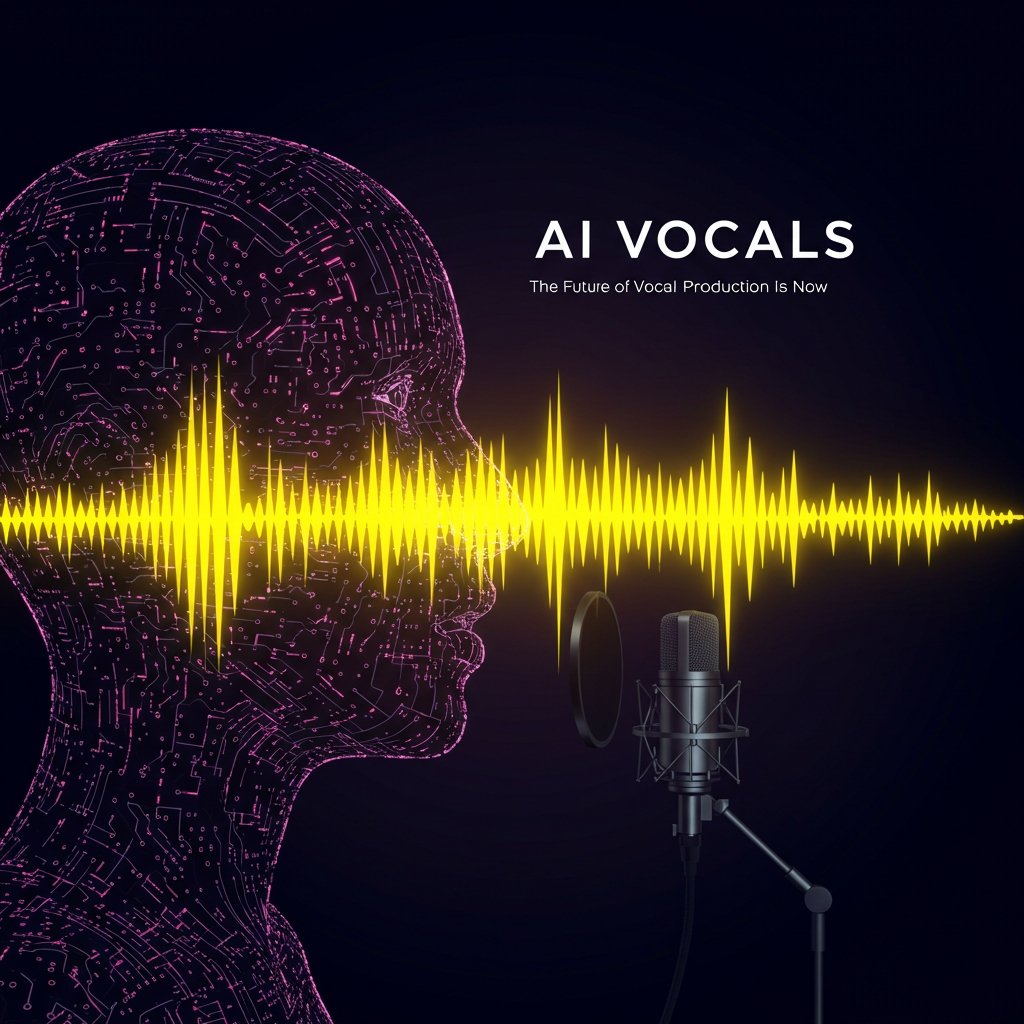Vocal AI is a growing part of our digital world. It allows machines to listen to human voices and respond in real time. This technology helps people interact with devices using only their voice. From phones to smart homes, Vocal AI is making life easier, faster, and more convenient.
Many companies now use Vocal AI to improve services. It is used in customer support, healthcare, education, and more. As the technology grows, it is becoming more accurate and helpful. Vocal AI is shaping how we communicate with machines today and in the future.
What Is Vocal AI?
Vocal AI stands for Voice Artificial Intelligence. It combines speech recognition and natural language processing to understand spoken language. When you speak to a voice assistant like Alexa or Siri, it uses Vocal AI to understand you.
The system turns your speech into text. Then it uses AI to figure out what you meant. After that, it responds with an action or a spoken answer. This process happens quickly, often in just a few seconds.
Vocal AI is used in many places. It’s in smartphones, smart speakers, cars, and even appliances. You can ask for the weather, set reminders, or play music using only your voice.
How Vocal AI Works?
Vocal AI uses different technologies to work properly:
- Speech recognition turns voice into written words.
- Natural language understanding (NLU) figures out the meaning.
- Text-to-speech (TTS) creates spoken replies.
- Machine learning helps the system improve over time.
For example, when you ask, “What’s the weather today?” the system listens to your voice, turns it into text, understands the question, checks weather data, and then replies with the answer.
The more people use Vocal AI, the smarter it becomes. It learns from real conversations and different voices. This helps it get better at understanding accents, tones, and emotions.
Benefits of Vocal AI
Vocal AI brings many benefits. It saves time because speaking is often faster than typing. It helps people multitask. For example, asking a question while cooking or driving.
It is also helpful for people with disabilities. Vocal AI allows them to control devices or write messages without using their hands. This gives more independence and access to technology.
In businesses, Vocal AI can handle customer calls. It can answer questions, give directions, and even help solve problems. This reduces the workload for human staff and makes services available 24/7.
Challenges and Limitations
Even though Vocal AI is powerful, it has some issues. It may not understand everyone the same way. Strong accents or background noise can cause mistakes. Sometimes the AI misunderstands what was said and gives the wrong response.
Privacy is also a concern. Since Vocal AI records voices, people worry about how that data is used or stored. Companies must work hard to protect user privacy.
Conclusion
Vocal AI is changing how we interact with technology. It helps us speak to machines and get instant answers. While it still has room to grow, it is already making life more connected and convenient. As the technology improves, it will become even more useful in our homes, workplaces, and everyday routines.

